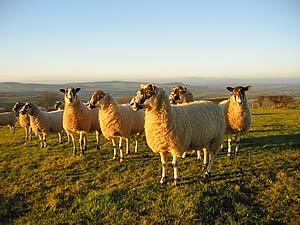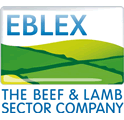 |
|||||||||
|
|||||||||||||||||||
|
|
Control Worm Build-up with Careful Management With pasture worm burdens building-up rapidly across the country over the past few weeks, good management will be essential this summer to maintain post-weaning lamb growth rates and avoid delays to finishing. Worming programmes will, however, need to be particularly well-planned and managed to combat the growing problem of anthelmintic resistance.
This is the timely warning from the English Beef and Lamb Executive (EBLEX), following testing showing resistance to benzimidazole white drenches now affects more than 80% of lowland flocks, with some farms seeing resistance to all three main classes of wormer. Combined with post-weaning stress, high July and August worm burdens can more than halve lamb growth rates from at least 125 g/day to as little as 50 g/day, seriously compromising the capacity for lambs to be finished early and economically enough off grass for the best autumn returns. What is more, the wet early season and current warm, moist conditions means worms are likely to prove especially damaging this season. The rise in anthlemintic resistant worms means English flocks
can easily make this situation worse by failing to plan and manage
their worming as well as possible, increasing their immediate costs
for little performance gain and making future control even more
problematic.
|
||||||||||||||||||

|
|
||||||||||||||||||
| home | agri-services | pedigree
pen | news | dairy | beef | machinery quota | property | organisations | site map |
|||||||||||||||||||

